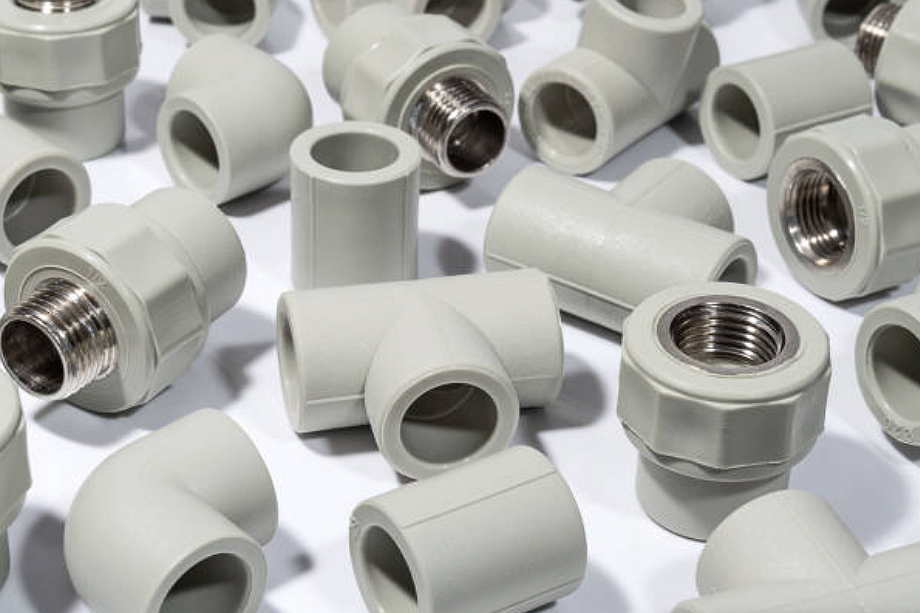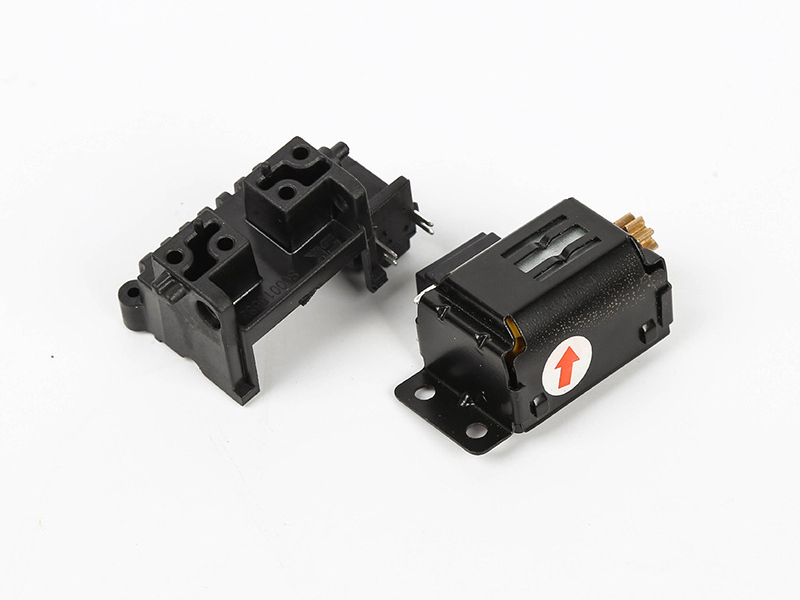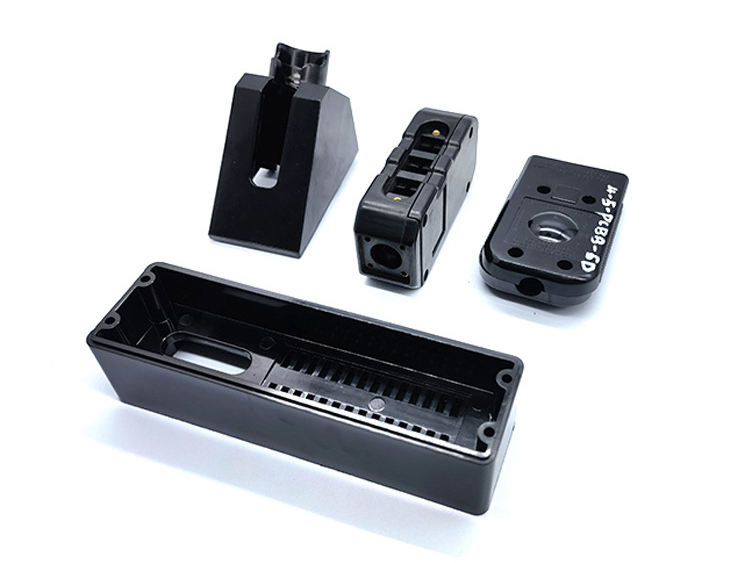How Significant Are the Cost Savings Associated with Insert Molding?
Streamlined Production Efficiency
Insert molding achieves substantial cost savings by combining multiple production steps—such as assembly, fastening, and bonding—into a single molding cycle. Unlike conventional manufacturing, which often requires separate parts joined using adhesives or mechanical fasteners, insert molding forms a single, unified component. This significantly reduces assembly labor, tooling operations, and handling time, resulting in measurable improvements in production efficiency.
Lower Assembly and Labor Costs
Because inserts (such as threaded metal pins or terminals) are molded directly into the plastic component, manufacturers can eliminate post-molding assembly. For high-volume applications like automotive connectors, medical device housings, and consumer electronics casings, this integration minimizes part count and reduces workforce requirements. Over large production runs, these savings often amount to 15–30% in total manufacturing cost compared with traditional multi-step processes.
Material Optimization
Using engineering plastics such as polycarbonate (PC), nylon (PA), or PBT, insert molding enables targeted material use—reinforcing only where necessary. This selective approach reduces raw material waste and enables the production of lighter yet stronger parts, particularly in applications such as e-mobility and power tools.
Reduced Defects and Rework
Insert molding’s precision alignment within the mold cavity ensures repeatability and fewer defects. When combined with modern CNC machining prototyping for insert fabrication, manufacturers achieve consistent fit and finish, minimizing scrap and quality-related rework—both major contributors to hidden costs.
Long-Term Economic Impact
Beyond direct cost reduction, the process enhances product reliability, reducing warranty claims and maintenance needs. Integrating advanced surface treatments, such as PVD or anodizing, further extends the product's lifespan, adding downstream savings over the part’s lifecycle.



